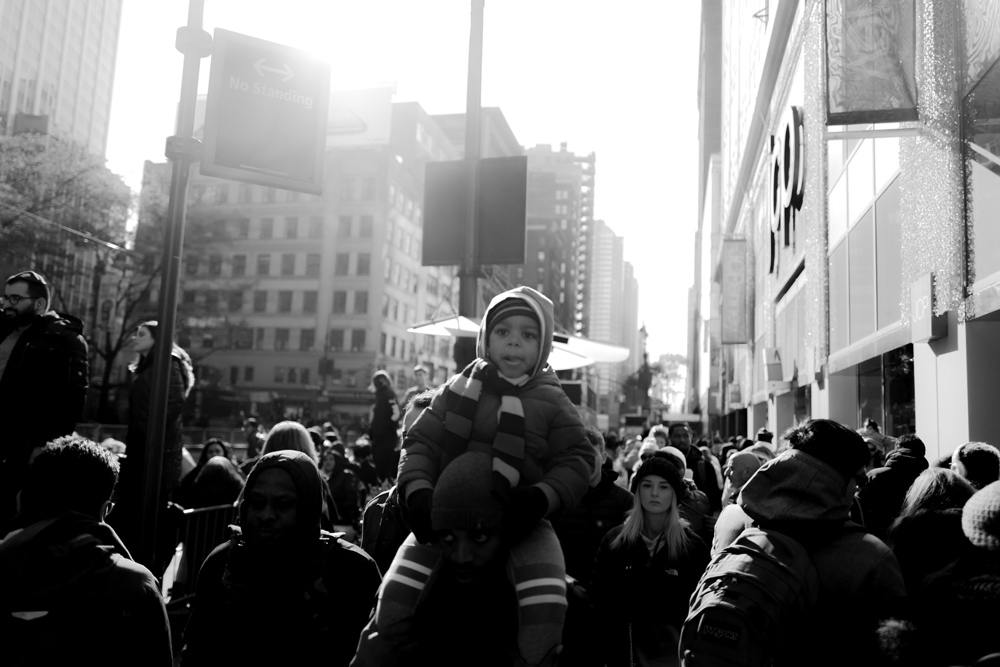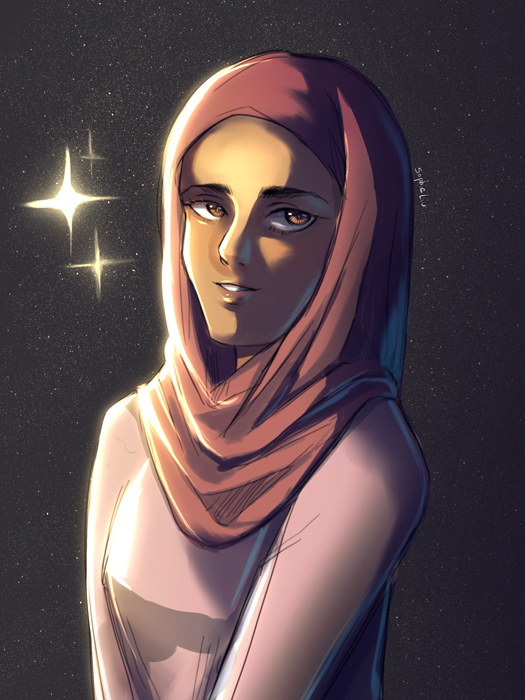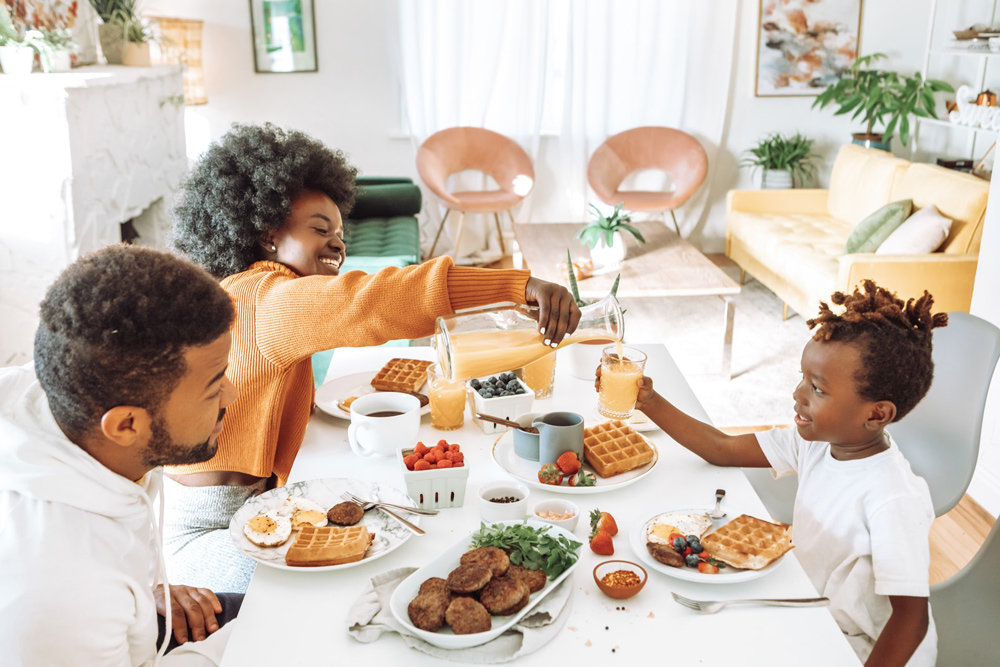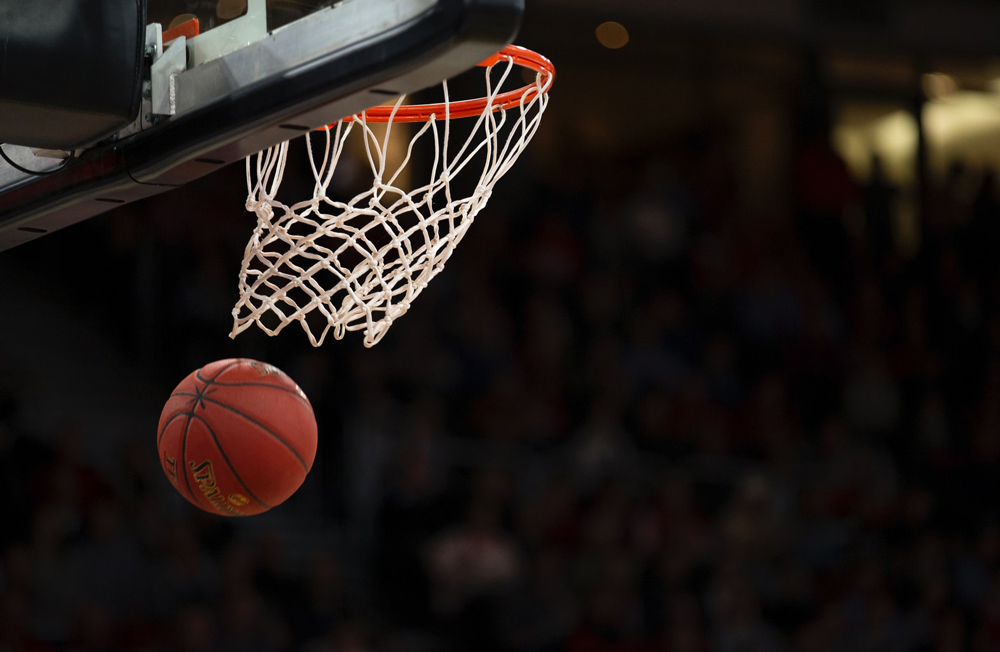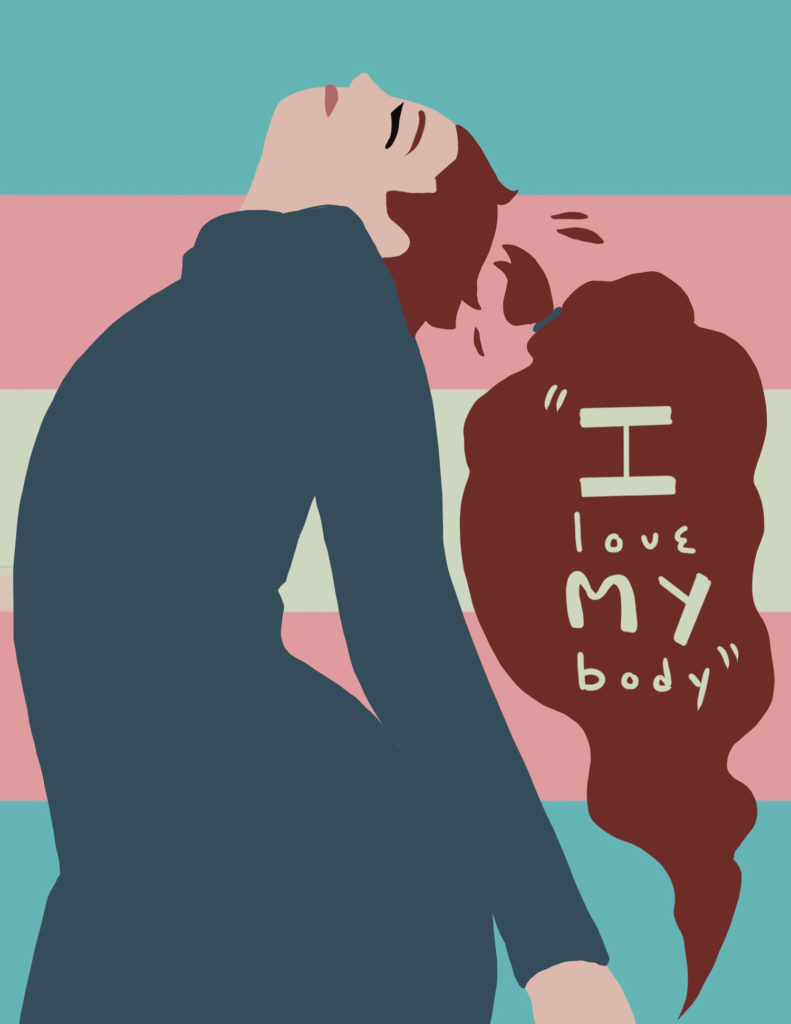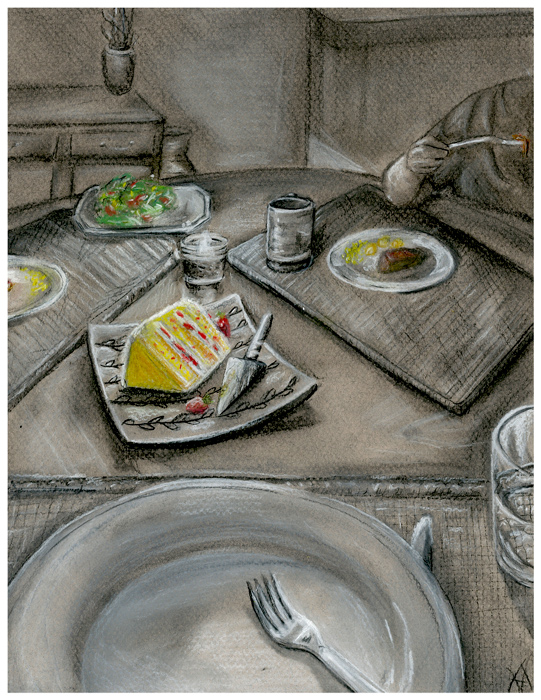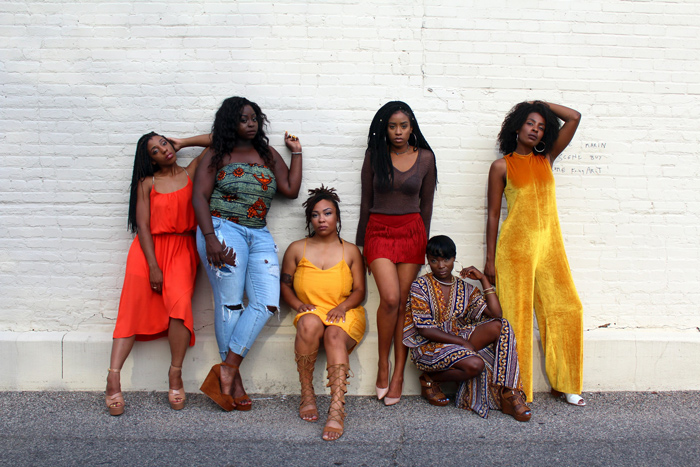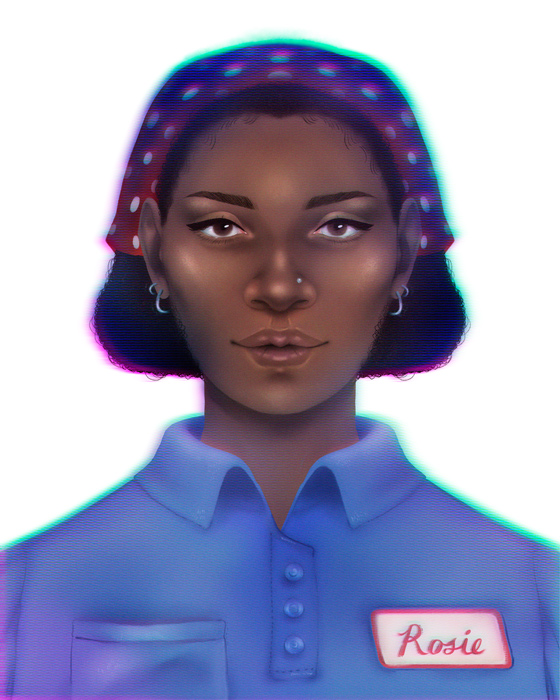A Fresh Take on the Stock Market
A Fresh Take on the Stock Market by Emma Baumgartel When people think about the stock market, they often picture the crooked brokers from The Wolf of Wall Street while the song “Jordan Belfort” starts playing in their head. The stereotype of a stockbroker generally does not conjure images of anyone less than 20 years …



